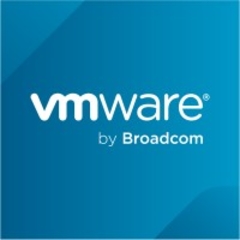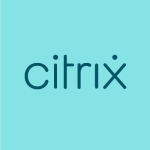What is our primary use case?
A typical use case for vSphere would be general virtualization, primarily, where we're deploying either Linux or Windows-based workloads. We do have a lot of design-ready nodes we use for some of our clients. We also use Tanzu, from an application development container, microservices type of solution as well.
What is most valuable?
VMware vSphere is replete with about a gazillion different features. In the context of vCenter, everything has been amalgamated into a single appliance. It's much more simplified at deployment. Because of that, immediately I would say the most useful feature is the Lifecycle Manager, VLCM, that is now available. So, what used to be the VMware of Data Manager has now changed to the Lifecycle Manager. Those changes are really, really useful.
What needs improvement?
I'm a big fan of vSphere; I have used it since the days of 3.5, all the way up to now. When you deploy it as a complete stack, from vSphere to vCenter to the vRealize Operations, Orchestrator, all the way up, you're into your NSX login site, the entire cloud stack. By the time you're done, you begin to feel, "do you really need so many different pieces that you need to connect? Could it not just be a single, unified product?" I'm not saying the integration is difficult. It is seamless. But it gets to you at a point. There are times where you really begin to think, "I got this." Not, " it should be much easier than this."
I can't think of anybody on the planet who would actually have issues with vSphere. vSphere is as stable as the word stable gets. When you do the entire stack scenario unless you're doing something like VMware Cloud Foundation on VxRail, wherein it becomes a much more seamless solution where you are using discrete hardware, you're creating the entire cloud platform. It gets a little tedious doing all those workflows at times.
From a management center, particularly referring to the private cloud stack, I would prefer for it to be a lot more seamless. There are competitors, Cloud Management Platform or Morpheus, for example. It's a product you deploy and you're good to go. With this, there are so many different pieces to connect. It grows on you.
For how long have I used the solution?
I've been using VMware for a long time. As as a DC architect, I use it day in and day out.
What do I think about the stability of the solution?
If you're looking for any hypervisor, vSphere is not a gold standard, vSphere is the gold standard. There's no single other option. When it comes down to it, if I can afford it, vSphere is the only one that I'm going with.
How are customer service and support?
There have been cases with vSphere itself, but the fact is that VMware support is great.
I have had clients who have faced issues in the context of hyperconverged infrastructure. A problem in the networks assumes a lot more significance in the context of HCI, and VMware support is awesome.
How was the initial setup?
I have no complaints about the setup. The integration is seamless. When you put together all the various pieces, you build an entire private cloud stack. At that stage, once you have everything configured, it is relatively straightforward. But it is not a single homogenous unit.
What's my experience with pricing, setup cost, and licensing?
The licensing is perpetual licensing that you pay for once.
As far as the price of the license, I can't think of anyone who will say, "I'm happy with the pricing." There's always room for improvement. But, you get what you pay for. It's as simple as that. With vSphere, from my perspective, I don't want problems. I want it to be as seamless as possible. That's unfortunately why you've got to pay for it.
What other advice do I have?
Regarding this solution, vSphere is the gold standard. It has been there for 15 years, and you're not going to find people who are dissatisfied with vSphere. You're not going to find people complaining about vSphere. The only thing you will find is when we talk about things like VxRail, things like that, where issues can come. vSphere by itself, I can't think of anybody who's not happy with it.
I would rate vSphere a ten out of ten. You're not going to find anything better.
Which deployment model are you using for this solution?
Hybrid Cloud
If public cloud, private cloud, or hybrid cloud, which cloud provider do you use?
Amazon Web Services (AWS)
Disclosure: My company has a business relationship with this vendor other than being a customer. Partner

















